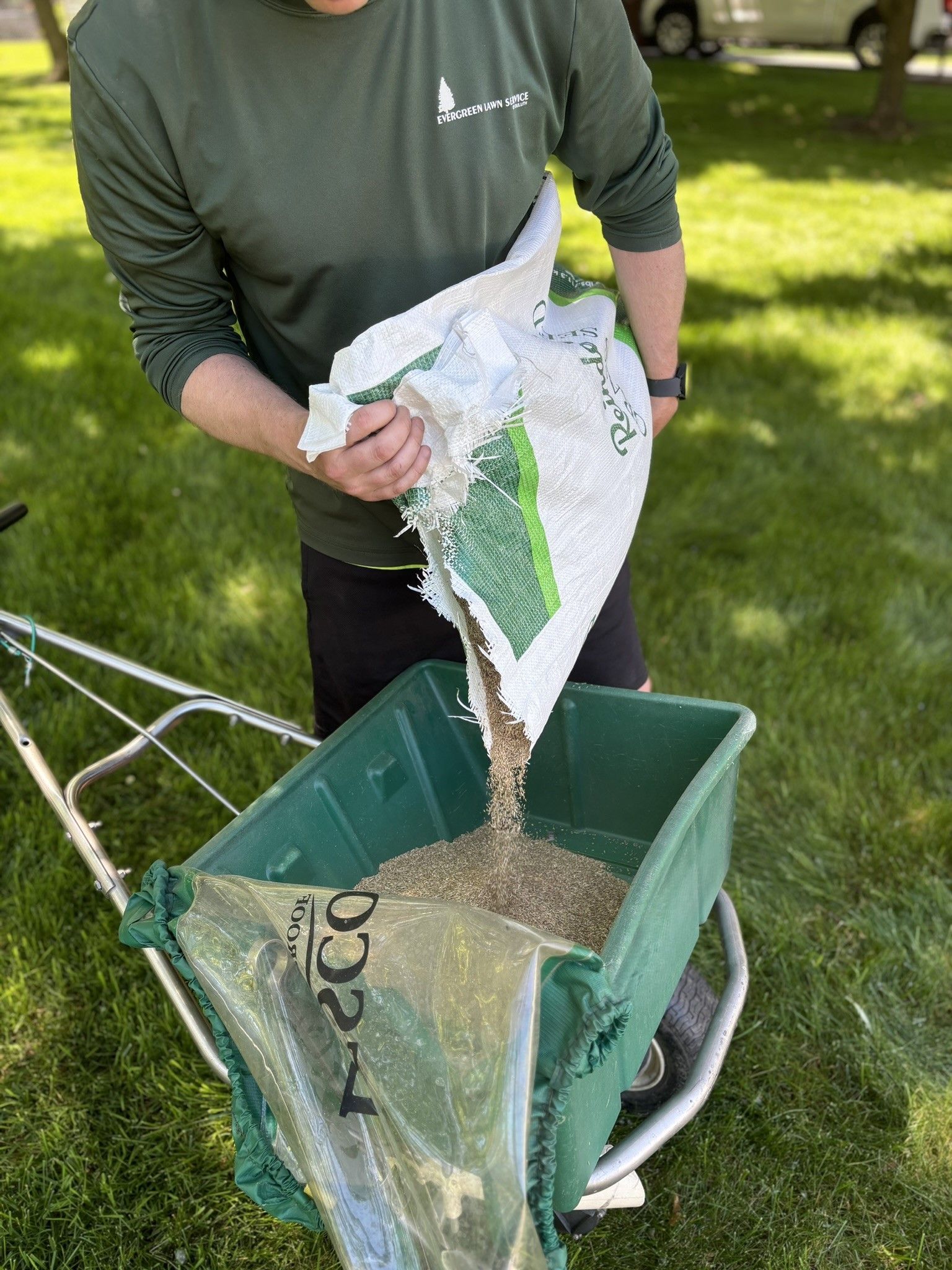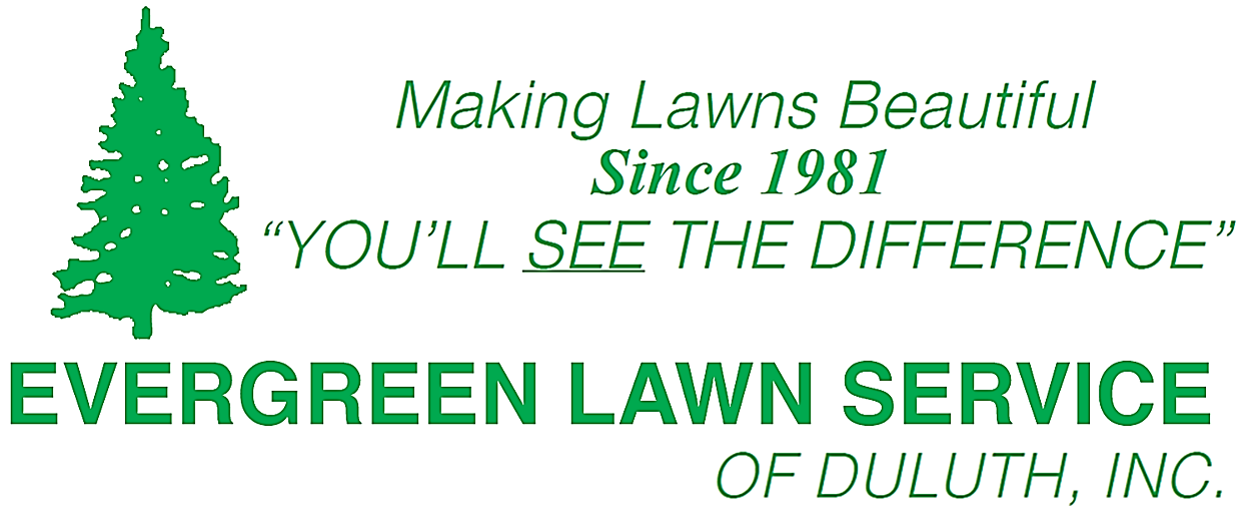
Lawn Overseeding
Has dry weather been hard on your lawn? Thin Areas? Dead Spots?
We Can Help With Overseeding!
Is your lawn getting thin, turning brown, or developing spots that just don't look as good as it should? Over time, most soil becomes compacted or hard, and your turf has trouble filling in these thin and browning spots. Drought, disease, and insects can also take their toll. If any of this sounds familiar, aeration and overseeding might be just what you need.
Getting Your Lawn Back on Track
All lawns, regardless of their condition, can benefit from some level of renovation every year or so. One of the best means of rejuvenating turf is to combine the power of professional aeration with overseeding.
During aeration, a machine known as a core aerator pulls plugs of soil and thatch up from the lawn to break up compacted soil and create more room for air, water, and fertilizer to reach the roots. This results in the expansion of the root system for thicker, healthier grass. Aeration also helps to break up thatch, which can prevent water, fertilizer, and insect control from reaching the soil if it gets too thick.
Following up aeration with overseeding is a great way to thicken up a thin lawn or add a hardier, more drought-resistant grass variety to your property. Good seed-to-soil contact is essential for seeding success, and the new grass seed will have an easier time growing in the holes left behind by aeration. Keep in mind that if your lawn has been seeded, the soil should be kept moist with light, frequent sprinklings until the new grass is well established.
Every single grass plant has its own life cycle, meaning you have a certain amount dying off every single year. Regular and even annual overseeding will help keep your lawn lush, vibrant, and full.
What You Can Do to Help Your Lawn Get through a Dry Period?
- Water: water your lawn 1 inch per week. Generally, this means: about 1 hour per area, 2-3 times a week (area = the area your sprinkler covers) early morning is best, before noon.
- Fertilize & Weed Control: yes! You absolutely should continue fertilizing your lawn as scheduled with your annual lawn care program! Contrary to some belief, it is safe to apply fertilizer during a period of drought or dormancy. In fact, it is more harmful to your grass to interrupt regular feedings. Therefore, it is important to continue proper, regular lawn feedings. In addition, the continued weed control will help keep hot weather weeds from invading. Research conducted by Spectrum Analytics, Inc., a member of Planet (a professional Landcare network), shows that lawns that are fed regularly with a fertilizer recover from drought quicker and are healthier and greener than unfed lawns.
- Mow Higher: mowing higher will help the grass retain more moisture in the soil and promote deep healthy roots. Grass should be cut no shorter than 2¾ to 3 inches in height.
- Reseed: reseed the damaged areas in your lawn.





